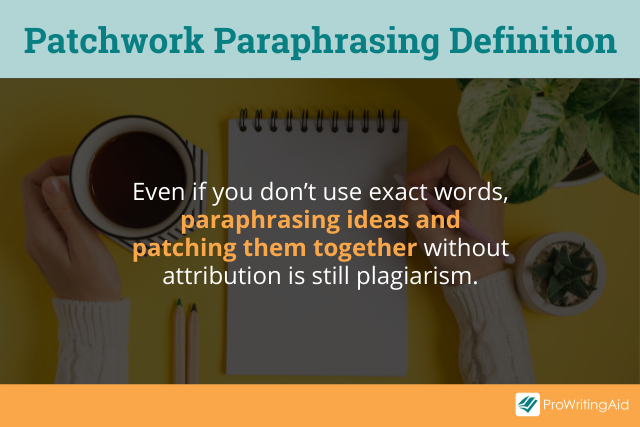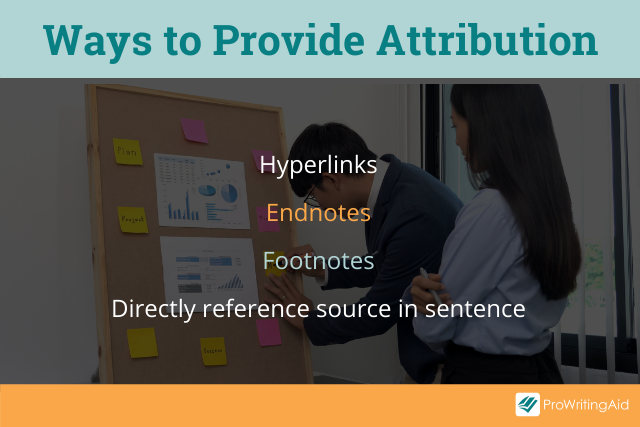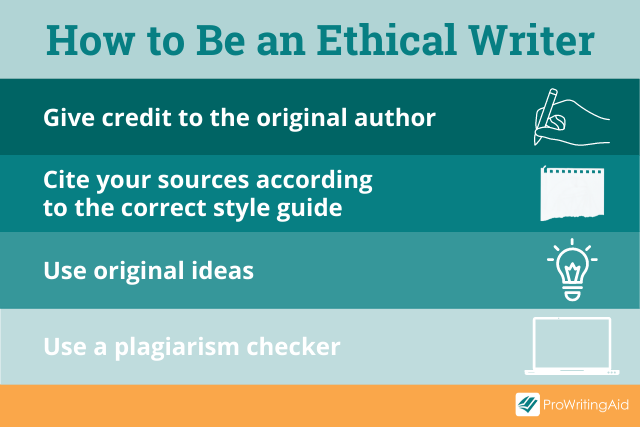
Most people have heard warnings about plagiarism and know not to quote someone or use their words without giving proper attribution. But patchwork plagiarism is a sneakier form of plagiarism.
You might not even realize that you’re committing plagiarism. Patchwork plagiarism involves patching together different sources in a new or different way without proper citation.
In this article, we’re looking at what patchwork plagiarism and patchwork paraphrasing are, as well as how to avoid them.
What Is Patchwork Plagiarism?
Patchwork plagiarism is also called patchworking plagiarism, mosaic plagiarism, and quilted plagiarism.
Patchwork plagiarism involves using multiple sources, rearranging phrases from them, and passing it off as your own work.

There are several different types of plagiarism. They range from complete plagiarism, which is passing off someone else’s entire work as your own, to self plagiarism, which is using words you wrote in the past for a new source.
Patchwork plagiarism is the hardest to catch because it involves using pieces of writing from many sources and rearranging them, so it doesn’t always look like plagiarism.
Sometimes patchwork plagiarism occurs accidentally. Other times, people may think that rearranging ideas is a way to commit plagiarism without getting caught.
However, patchworking plagiarism is subject to ethical and even legal consequences, so should be avoided.
Patchwork Plagiarism Definition

The definition of patchwork plagiarism is rearranging words, phrases, and ideas from one or more sources and using them in your own writing without giving credit to the original authors.
Patchwork plagiarism may include paraphrasing and even some of your own original ideas, but it’s still plagiarism.
Whenever you use anyone else’s ideas, you must give them credit. Use the appropriate citation format for what you’re writing, like APA or MLA.
What Is Patchwork Paraphrasing?

Paraphrasing someone else’s ideas in your own words without giving credit to the original material is plagiarism, even though it’s not as easy to spot as direct plagiarism.
Patchwork paraphrasing is an even harder type of plagiarism to catch because, most of the time, it is accidental. However, it’s still your responsibility to credit the original authors.
Patchwork paraphrasing involves patching various ideas together in a new way instead of rearranging exact words or phrases from other source materials.
It’s easy to miss when you’re writing because you may not even remember where you read an idea! So, be mindful of where you get your information.
Examples of Patchwork Plagiarism
What does it mean to “rearrange” ideas? Let’s take a look at a few ways that patchwork plagiarism occurs.
Patchwork Plagiarism from Multiple Sources
Patchworking plagiarism can involve multiple sources. Below are three quotes related to the same topic: giraffe populations. The text that we will use in our plagiarism example is in bold.
- “In some rare good news for African large mammals, the overall number of giraffes has increased by almost 20% since 2015 and now stands at just over 117,000 individuals, according to the Giraffe Conservation Foundation (GCF).”—Simon Birch, Discover Wildlife, February 23, 2022
- “The latest research shows that population numbers are increasing for all species of giraffes over the past few years. The overall number is still small, but conservationists are optimistic for the species.”—Mary Jo DiLonardo, Treehugger, March 1, 2022
- “This rise is a result of genuine growth in some areas, but also stems from more accurate census data, says Julian Fennessy, executive director of the Giraffe Conservation Foundation, based in Namibia.”—Douglas Main, National Geographic, January 12, 2022
Now, let’s take a look at how someone might use patchwork plagiarism with these sources.
- New research shows that population numbers are increasing for giraffes, some rare good news for the species. The population has increased by almost 20% since 2015, a result of genuine growth and more accurate data collection. The giraffe population is at just over 117,000 individuals, although it’s important to note that the overall number is still small.
Most of this excerpt is verbatim from the three sources. There is no attempt to use quotation marks to show that the words came from someone else. There are also no citations.
Patchwork Plagiarism from One Source
You can also commit plagiarism with just one source. Here’s a longer quote from the first news source listed above.
- “In some rare good news for African large mammals, the overall number of giraffes has increased by almost 20% since 2015 and now stands at just over 117,000 individuals, according to the Giraffe Conservation Foundation (GCF). Numbers of all four species of giraffe (Masai, northern, southern and reticulated) are increasing or stable. ‘This is the first time that such trends have been reported in recent history,’ says GCF’s co-director Stephanie Fennessy.”—Simon Birch, Discover Wildlife, February 23, 2022
Here’s how patchwork plagiarism might look for this source. We’ve put the phrases that we took verbatim from the source in bold.
- For the first time in recent history, the total population of giraffes has increased by almost 20% in the last seven years. The population of all four species of giraffe are increasing or stable. This is rare good news for the endangered animal.
You can see that most of the excerpt is plagiarized, even though the phrases are out of order.

Patchwork Paraphrasing
What if you don’t use long phrases word for word? Let’s take a look at what patchwork paraphrasing would look like.
The following article contains content from all three quotes about giraffes.
- We don’t often see good news about giraffes, but new research shows that giraffe numbers have increased since 2015. It’s a substantial increase of about 20%. The total population for the four species of giraffes is currently around 117,000. The increase is due to growth from conservation efforts, as well as better methods for collecting census data.
We’ve pieced together the various ideas, but we rephrased them. This is still patchwork plagiarism unless we add the correct attribution.
In all the above examples, we could cite the sources in several ways. We could state exactly where we got the information (e.g. According to National Geographic) and use quotation marks when necessary. We could also use parenthetical citations, footnotes, or endnotes. If you’re writing online, you can link to the original material.
The best method for citing sources depends on the style guide you are using.

How to Avoid Patchwork Plagiarism
The best way to avoid patchwork plagiarism is to always use your own words.
When you write, ask yourself, “are these my original words and thoughts?” When it’s not, take the time to rephrase in your own words and then include a citation.

Avoid using a patchwork approach and give each idea that isn’t yours its own sentence. If you do want to use exact words from other sources, use quotation marks and cite each source correctly.
Take diligent notes when you’re researching.
If you’re writing something that requires lots of research, you may lose track of individual ideas and even think that some were yours. This type of accidental plagiarism is very common.

If you aren’t aware of patchwork plagiarism in your work, you can use an online plagiarism checker to help you.
ProWritingAid’s plagiarism checker can cost as low as a few cents per document, and ensures that you never accidentally plagiarize again.
Plagiarism checkers are incredibly helpful, but they aren’t a free pass to plagiarize. Cite your sources well to avoid plagiarism and save yourself from rewriting large swaths of your work later.

Why You Should Avoid Patchwork Plagiarism
All plagiarism is a type of academic dishonesty. Passing someone else’s words and ideas off as your own work is theft, even when it’s minor.
Don’t assume that just because you’ve gotten away with plagiarism before, you will again.
Many professors will use a plagiarism checker to check for all types of plagiarism after you have handed your work in.
Not only is it unethical, but there are dire consequences for plagiarizing. In an academic setting, you might be put on probation or even kicked out of your university.
You may also lose publishing privileges with scholarly journals.
Outside of academics, the original author can seek legal action against you for plagiarism. Those are some massive consequences when plagiarism is easy to avoid.
Being an ethical writer is simple. Give credit to the original author, cite your sources correctly, use original ideas, and always run your work through a plagiarism checker.
Want to improve your essay writing skills?
Use ProWritingAid!
Are your teachers always pulling you up on the same errors? Maybe you’re losing clarity by writing overly long sentences or using the passive voice too much.
ProWritingAid helps you catch these issues in your essay before you submit it.


